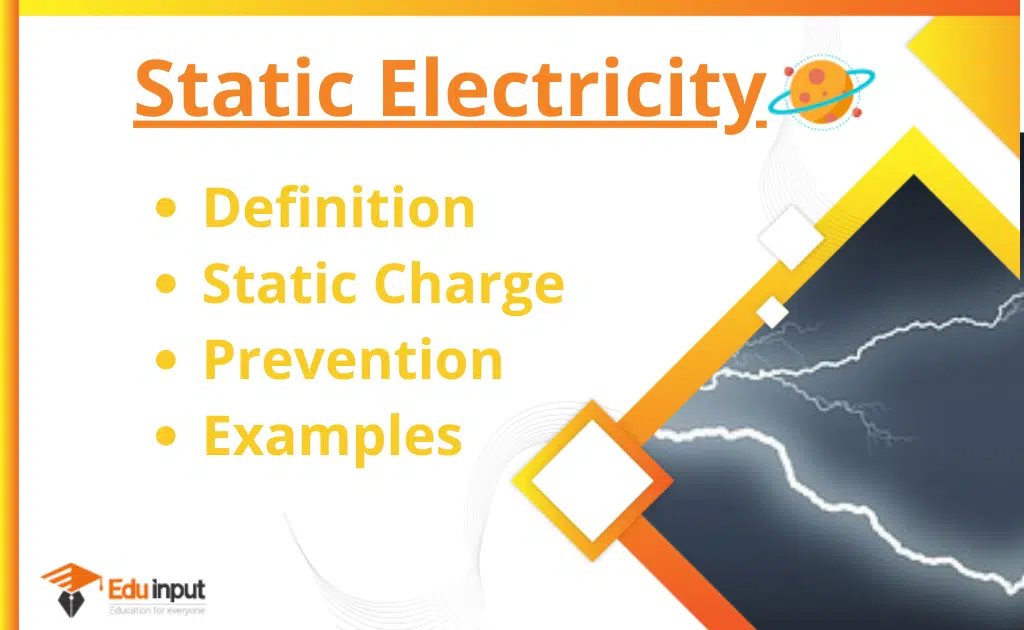Introduction to Electric Field Lines | Types and Properties
Michael Faraday introduced the concept of electric field lines. According to Faraday, electric field lines give a visual representation of the electric field.
Download the pdf notes of Electric field lines and properties of electric field lines
What are electric field lines?
The path followed by a unit charge in the electric field is called the electric field line.
The direction and strength of the electric field at the different points can be determined by these lines.
We consider a positive charge +q and place many positive charges each of magnitude qo at an equal distance but at a different point from charge +q. Each test charge experiences a repulsive force that is directed outwards.

But when we place negative charge –q the field lines will be directed inwards because the force on a positive test charge is now attraction.

It means that electric field lines originate from a positive charge and end at a negative charge.
The electric field lines map shows the strength of the electric field. The field lines are closer to each other near the charges whereas spread out continuously away from the charges, as a result, the electric field decrease. The number of lines per unit area passing perpendicularly through an area is proportional to the magnitude of the electric field.
In the case of two identical positive or negative point charges of equal magnitude, the electric field lines are curved which shows that lines due to the same charges repel each other. The middle portion has no line which shows a zero-field spot or neutral zone.

For the two opposite charges of the same magnitudes, the field line starts with a positive charge and ends at a negative charge.

The direction of resultant intensities is tangent to a curved path at these points.
Properties of electric field lines
- Electric field lines start from a positive charge and end on a negative charge.
- The tangent at any point gives the direction of the electric field at that point.
- The field is strong near the charge because the lines are closed near the charge. The lines are farther apart away from the charge, thus the field is weak.
- No two intersect each other because the electric field has only one direction at a given point.
- These lines are imaginary having no physical significance.
- They may be curved or straight
- They can pass more easily through a conducting medium than free space.
Frequently Asked Questions(FAQs)
Electric field lines never cross each other why?
Electric field never crosses each other because a single point has only one direction of the electric field. If a line intersects at a point, it means that point has more than one direction of the electric field which is physically impossible.
How electric field lines are formed?
The electric field lines always originate from the positive charge and terminate on the negative charge. If the electric field lines form a closed loop, it means that the lines must originate and terminate on the same charge, which is not possible because electric field lines always move from positive to negative.
Why electric field lines are continuous?
An electrostatic field line is a continuous curve because a charge experiences a continuous force when placed in an electrostatic field. The field line cannot have sudden breaks because the charge moves continuously and does not jump from one point to another.
Why do electric field lines curve?
The lines of force indicate the attraction or repulsion between particles with different charges. If the particles are attracted to each other, the lines will bend together. If the particles are repelling each other, the lines will bend apart.







Leave a Reply